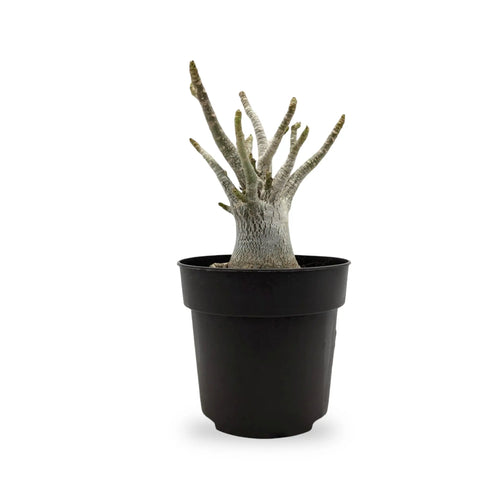Whilst Leaf Culture is all about house plants, we thought it prudent to write a little bit more about other types of plants and in particular, Container Gardening for Small Spaces.
Container gardening allows the growing of a diversity of plants in compact spaces like patios, balconies, rooftops, or tiny yards by cultivating them in portable planters. Removing limits on planting beds expands options. Container dimensions tailor soil volumes appropriate per plant species. You control drainage, light exposure, and mobility. Gardens fit narrow spots otherwise unsuitable for in-ground diggings like paved areas, travel trailers, or dense cities.
Choosing Plant Varieties Suited to Containers
When selecting flowering annuals, edibles, or other plants for container growing, lean towards vertically oriented and dwarf compact varieties suitable for restricted roots versus sprawling types demanding much wider beds. Favour smaller tomatoes over giant beefsteak heirlooms. Petite peppers over overflowing mounds. Any quick-maturing greens. Bush beans or radishes. Cascading strawberries or wandering Jew vines. Baby root veggies. Unless creating a mini orchard, stick with diminutive fruit trees ideally self-pollinating. when choosing permanent shrubs or delicate perennials check zone hardiness ratings are compatible with your regional climate extremes.Getting Proper Container Sizes
Study plant tags listing height and width at maturity to determine adequate container capacity allowing ample room for roots to fill soil volumes while leaving several extra inches at the top for proper watering/feeding. Generally, choose planters scaling only 2-4 inches wider than a species’ expected crown diameter to prevent oversizing that retains excessive moisture. Standard pots 12-18 inches diameter suit many full-grown annuals. Dwarf trees thrive in 20-gallon half-barrels whereas shrubs prefer 5+ gallons. Bigger equals more soil nutrients retaining capacity between waterings which helps buffer temperature fluctuations.Using Lightweight Soil Mixes
The dense soils native to in-ground beds drain too slowly when bounded by container walls leading to waterlogged roots vulnerable to rotting. Instead, fill containers using specialty potting mixes blending peat moss, perlite/vermiculite, coconut coir, and compost creating an airy, lightweight growing medium rapidly shedding excess moisture while still retaining some. Pre-mixed blends are widely available. Or create your own mixing sphagnum peat, coarse sand/perlite, and organic compost at equal ratios of 1/3 each. Soilless potting mixes provide ideal aeration and drainage.Choosing Planters with Drainage Holes
The key secret to ensuring containers don’t kill plants is providing drainage holes in the bottom allowing excess moisture to freely escape preventing saturated, compacted roots unable to access vital air pockets. Standard plastic nursery pots offer these. But decorative ceramics, wood barrels, or repurposed tins likely need holes added via drilling before suitable for plants. Elevate hole-less containers above drainage pans/saucers.Grouping Planters Artfully for Impact
Design mini container garden layouts by thoughtfully clustering a collection of complementary pots showcasing heights, colors, and textures for maximum visual interest in limited areas. Place towering thriller plants centrally, encircle with crier mid-height fillers, then edge fronts with low-crawling spillers. Repeat companion choices in multiples across the arrangement tying them together. Mix the same species in varied containers. Stacked racks help condense. Use proportions balancing space rather than dotting randomly. Creative groupings keep small spaces lively.










